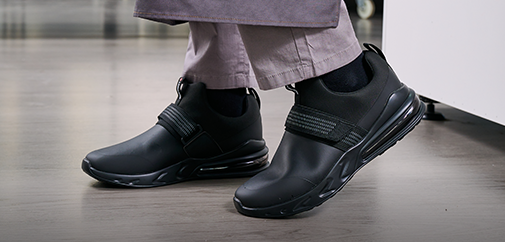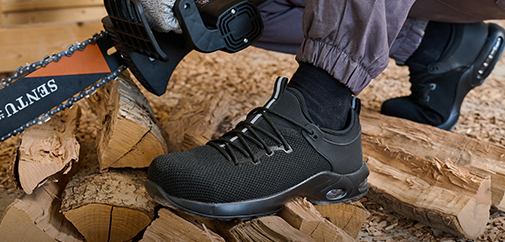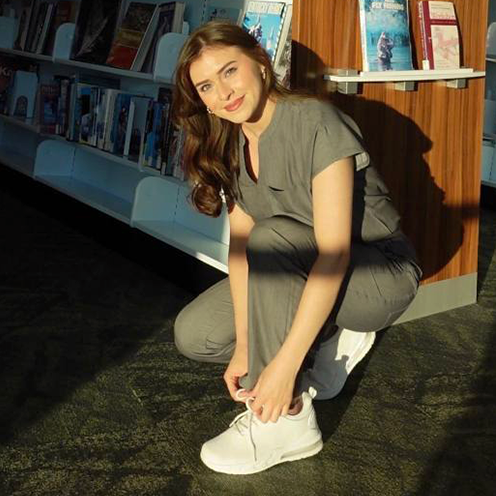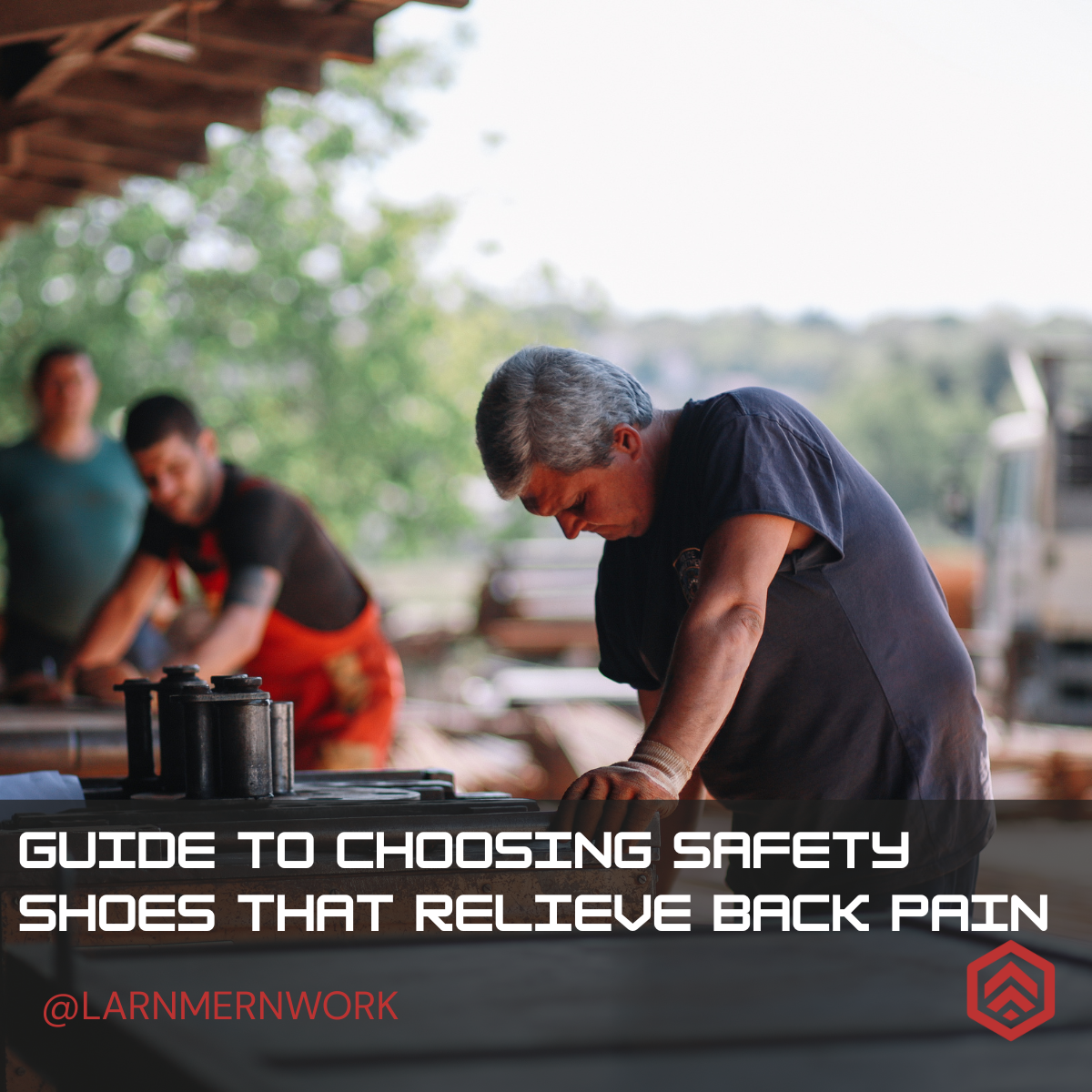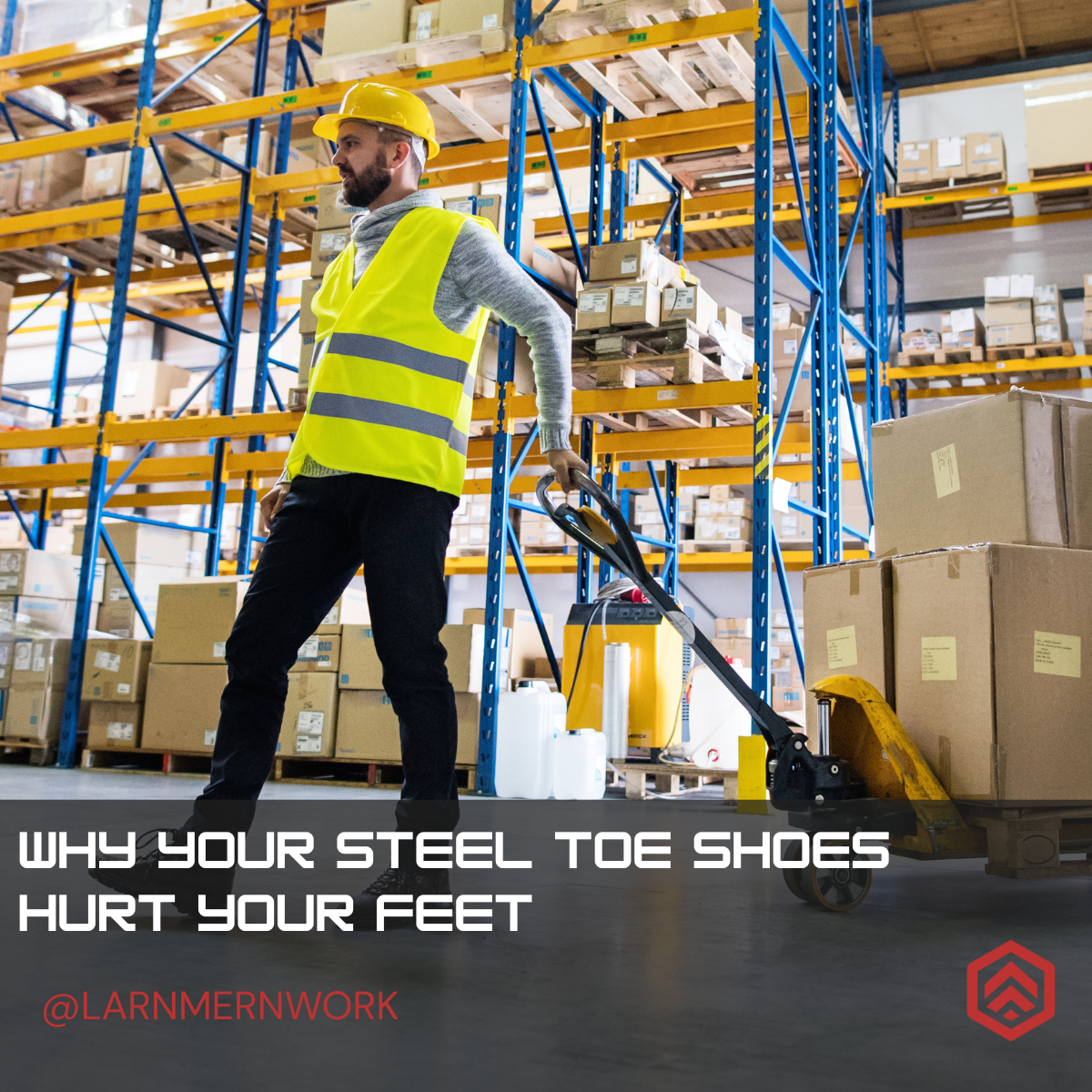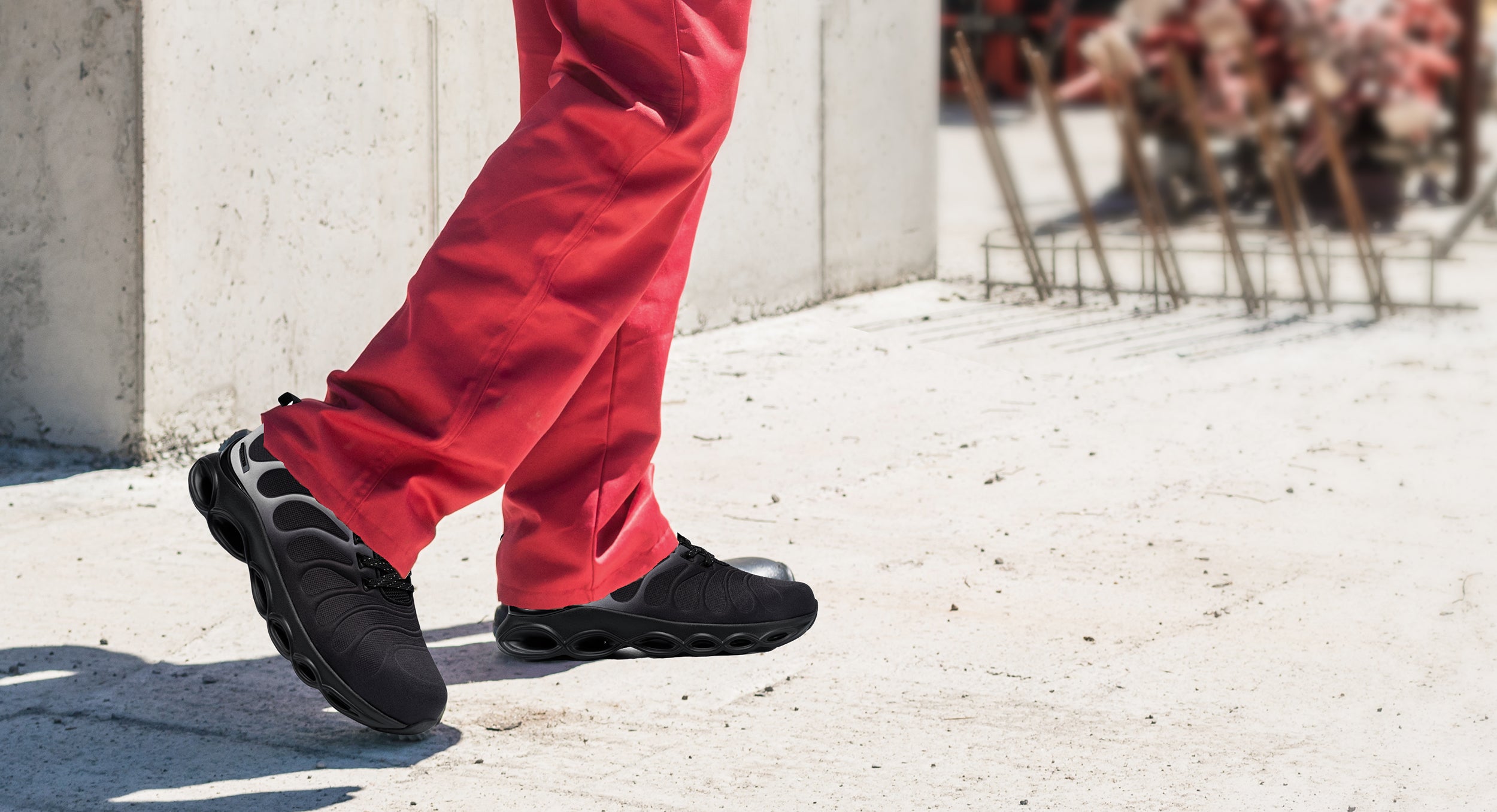Sweaty feet are a common problem for many blue collar workers. Steel toe boots , while protective, can implicate heat and moisture, can leave your feet with sweat and uncomfortable all day.
Do you know that about 5% of people worldwide deal with excessive legs, also known as planter hyperhydrosis? This issue is not only annoying. This can affect the smell, infection, or even your job performance.
With years of expertise in Workwear Solutions, we understand the challenges faced by blue-collar workers like you. Choosing breathable shoes for sweat legs and following proper care tips can make a big difference. Stick around; These tips can change how you think about the comfort of the foot at work!
Key Takeaways
- Wear moisture wicking socks like merino wool or synthetic blends to keep feet dry. Avoid cotton as it traps sweat and causes discomfort.
- Use foot-specific antiperspirant sprays at night and insole moisture for control of extra sweat. Active charcoal brands help reduce odors.
- After removing the lace and insole, air out the boots after each shift, or use the boot dryer to quickly eliminate the stranded moisture.
- To improve airflow and comfort, choose steel toe made of breathable materials.
- Sweaty feet can lead to odor, infections, and reduced shoe lifespan if left unchecked; proper care prevents these issues.
Common Causes of Sweaty Feet in Steel Toe Boots
Sweat in your shoes makes the right house for bacteria. As the bacteria fall sweat, they release butteric acid, which causes bad odor. This can cause serious foot problems like the athlete's feet and toenail fungus.
Heat, stress, and diet contribute to excessive sweating too. Plantal hyperhidrosis impacts nearly 5% of people worldwide, making matters worse in hot work settings. Medical issues like gout or hormonal imbalances can further increase sweat production inside your boots. "Non-breathable footwear is one of the main culprits behind sweaty feet problems.
Ignoring Sweat is Bad News for Your Feet and Your Job
Sweat in your shoes makes the right house for bacteria. As the bacteria fall sweat, they release butteric acid, which causes bad odor. This can cause serious leg problems like the athlete's feet and toenail fungus.

These conditions are not only uncomfortable; They are painful and difficult for treatment.

Additional moisture also makes you feel distracted at work. Wet legs slide more inside their shoes, affecting balance and safety at the job site. Steel toe shoes usually last up to 9–18 months, but sweating reduces its lifetime, making the material rapidly breaking.
Taking care of the feet with sweat protects both your health and professionalism!
What You Can Do Right Now to Fight the Sweat
Take quick steps to keep your feet dry and comfortable—small changes can make a big difference.
Wear Moisture-Wicking Socks
Moisture-wicking socks are a game-changer for sweaty feet in steel toe boots. They pull sweat away from your skin, keeping your feet dry and less smelly. Sports socks with ventilation panels work best to reduce moisture manufacture during long shifts.

Switch to merino wool or synthetic mixtures instead of cotton. The cotton mesh sweats and causes discomfort. During the day, changing half the way in fresh moisture and socks can also make you feel comfortable while staying at work.
">Stay dry, stay focused on what matters. ".
Apply foot-specific antiperspirant sprays
Moisture-wicking socks help, but you need extra steps for sweaty feet. Use a foot-specific antiperspirant spray at night on clean, dry feet. This builds a barrier to block sweat and cut down odors.
Wash the spray off in the morning before putting on your boots. Regular use can help manage heavy sweating, especially if you have plantar hyperhidrosis. Pairing this with absorbent insoles boosts moisture management inside your steel toe boots.
Use insoles designed for moisture management
After applying antiperspirant, you need support inside your shoes. Moisture-managed insols help in absorbing sweat and fighting the smell.

Steel toe shoes can trap heat, so sweat legs require to put respiratory work right. The best insole for sweat legs has added features such as aroma or material that removes moisture rapidly.
These inserts also help with comfort if you stand all day or deal with flat feet.
Avoid cotton and opt for merino wool or synthetic blends
Cotton traps moisture and makes your feet feel wet and heavy. This can cause infections inside the blisters, smell, or even steel foot shoes. Merino wool or synthetic mixtures are better options.
These materials sweated more efficiently.
Merino wool is 35% better than polyester and 20% better than cotton when your feet dry up. Synthetic mixtures also dry rapidly, reducing discomfort during long work. Choose socks made with these materials for healthy, dried feet at the job site.
Air out boots after use
Loose your laces and take out the insole after your shift. This helps in broadcasting the air inside the shoe, which saves moisture. Let them sit in a dry area for at least 12 hours to dry completely.
For natural odor control, keep the sage leaves inside during this time. Proper broadcasting prevents the manufacture of bacteria and keeps your steel foot shoes sweating.
Use boot dryers to eliminate moisture
Boot dryers remove moisture fast. They stop sweat from soaking into your boots, which causes odor and bacteria. A dry boot feels better and lasts longer. Use them daily after work to keep steel toe boots fresh.
These tools fight dampness that leads to smelly feet. Boot dryers also reduce the chance of fungus or mold growing inside. Plug one in, place your boots on it, and let it do the job while you rest.
Choose the Right Steel Toe Shoes
Pick boots that keep your feet cool and dry. The right materials can make a big difference in comfort.

Opt for lightweight and breathable materials
Choose steel toe shoes made from high strength synthetic material and canvas. These materials let air flow and help keep your feet dry. Avoid patent leather or plastic, as they trap heat and sweat.
Lightweight designs can also reduce foot strain during long workdays while keeping you cooler.
Look for moisture-wicking interior linings
Moisture-wicking linings in steel toe shoes make a big difference. They pull sweat away from your feet, which helps them to dry all day. Look for shoes with breathable mesh linings that improve airflow and stop moisture buildup.
These linings also fight bacteria by keeping your feet drier, which helps prevent odors and infections. Over time, this adds to comfort and reduces foot issues while working long hours.
Conclusion
Sweaty feet in steel toe boots can be fixed with simple steps. Choose the right socks, keep your boots dry, and use products like foot sprays or powders. Good hygiene and breathable footwear also make a big difference.
Small changes can protect your feet from discomfort and odors. Start today for healthier, drier feet!
FAQs
1. Why do steel toe boots make my feet sweat?
Steel toe boots often trap heat and moisture because of their heavy materials and lack of breathability. This creates the perfect environment for sweaty feet.
2. How can I stop my feet from sweating in steel toe boots?
You can wear moisture-wicking socks, use foot powders or antiperspirant sprays, and choose breathable insoles to reduce sweat buildup.
3. What are the best socks for reducing sweaty feet in steel toe boots?
Look for socks made with materials like merino wool or synthetic blends designed to wick away moisture and keep your feet dry.
4. Can breathable insoles help prevent sweaty feet in work boots?
Yes, breathable insoles improve airflow inside your boots, helping to reduce heat and control sweat more effectively.


